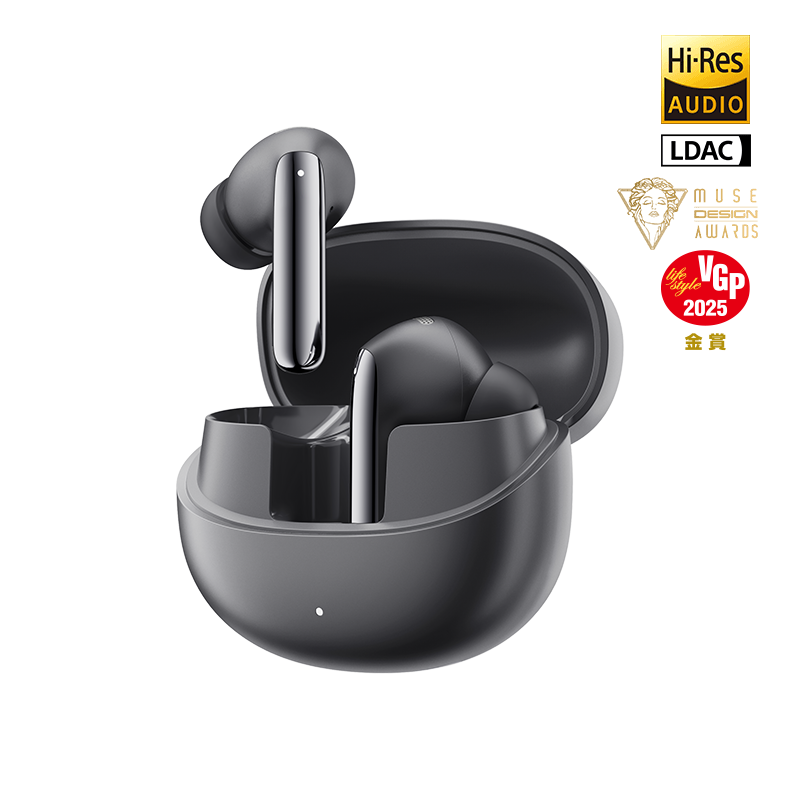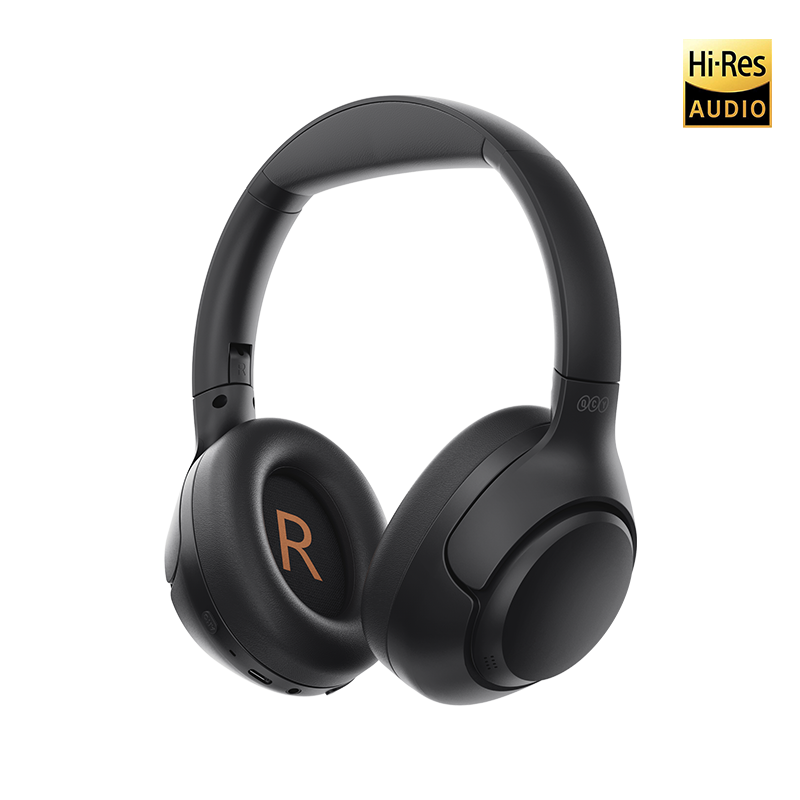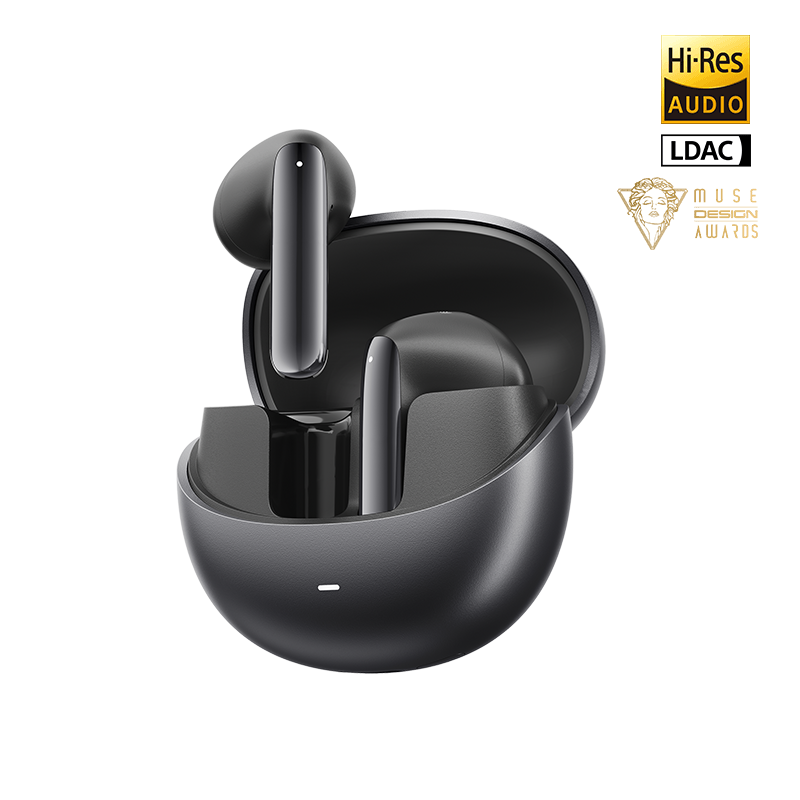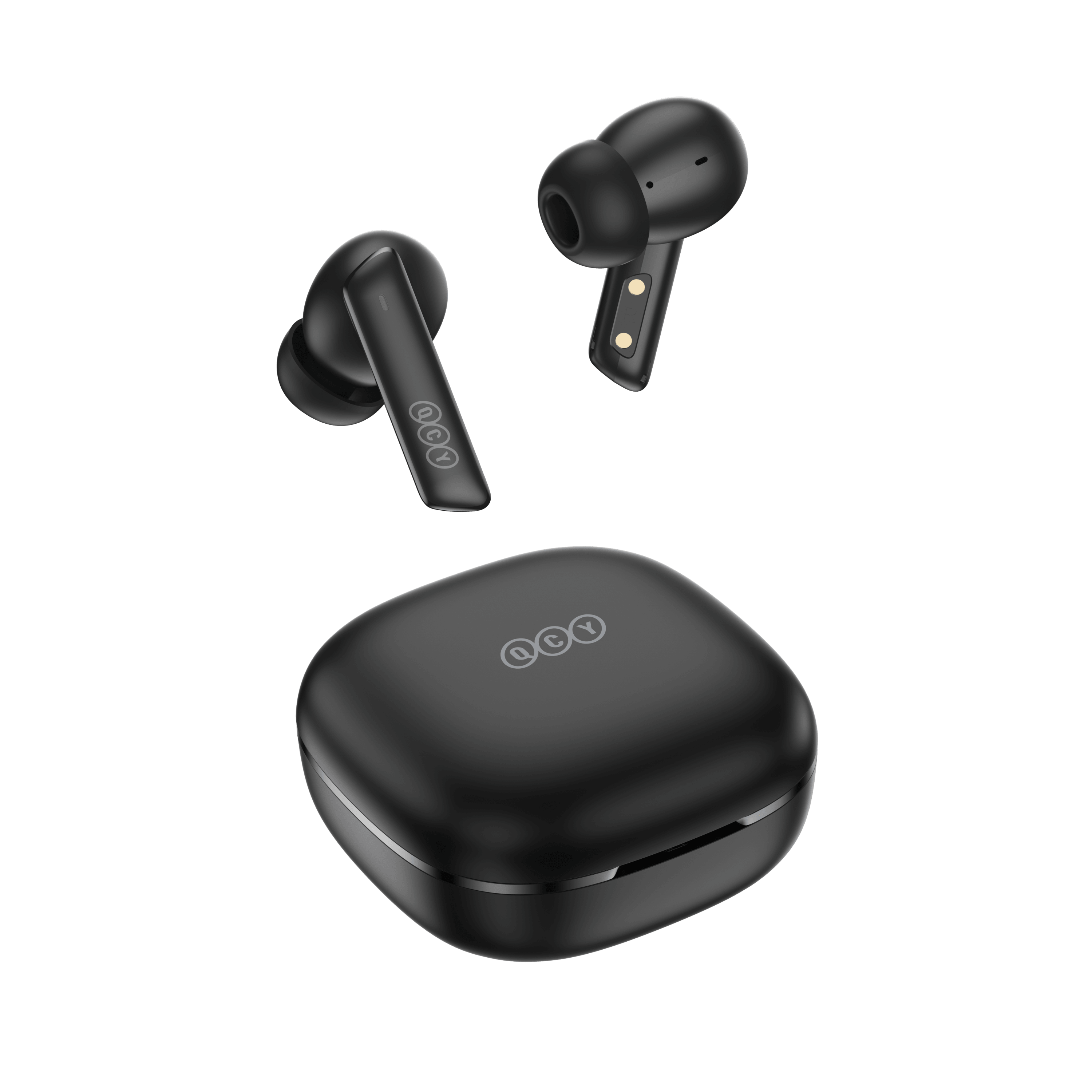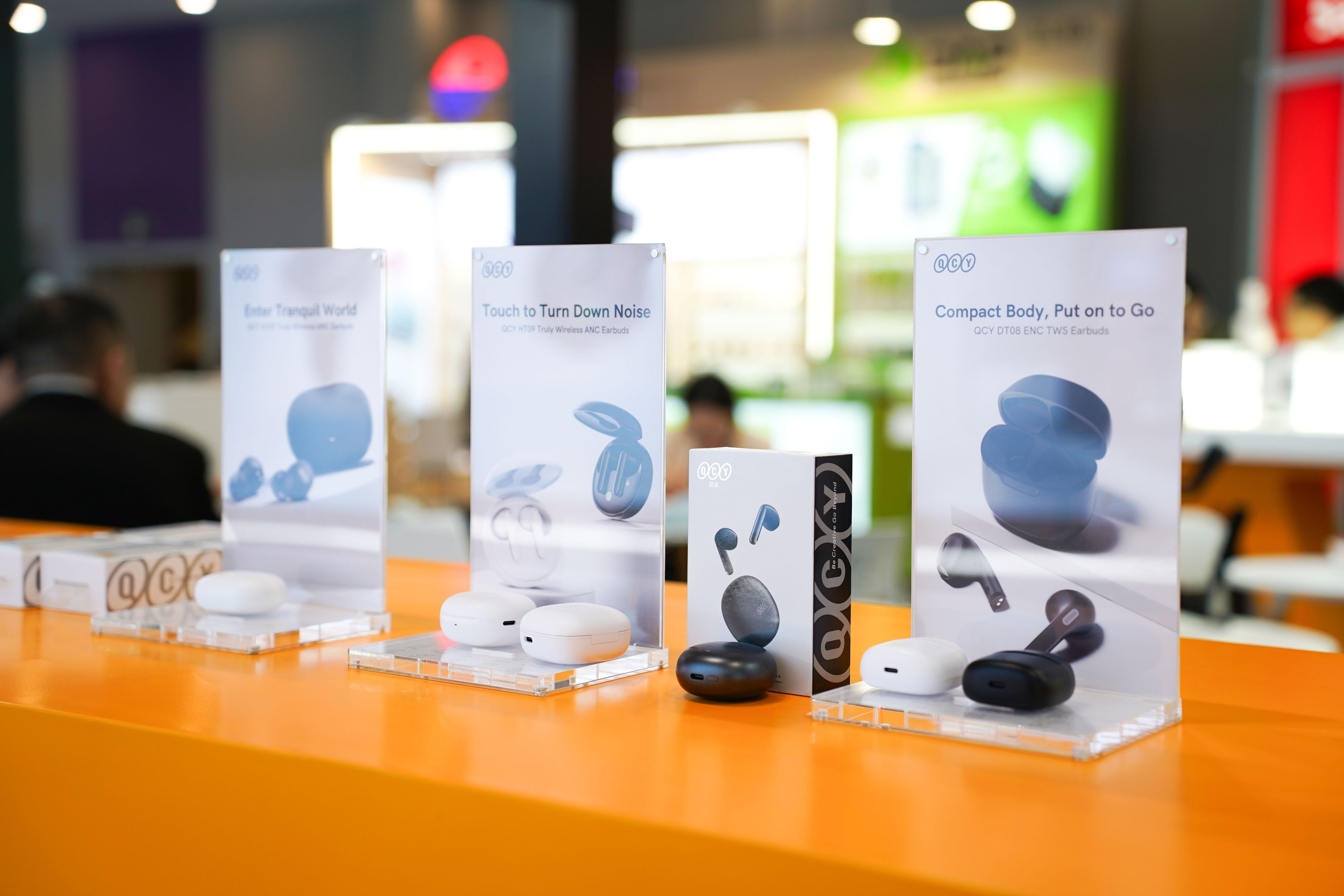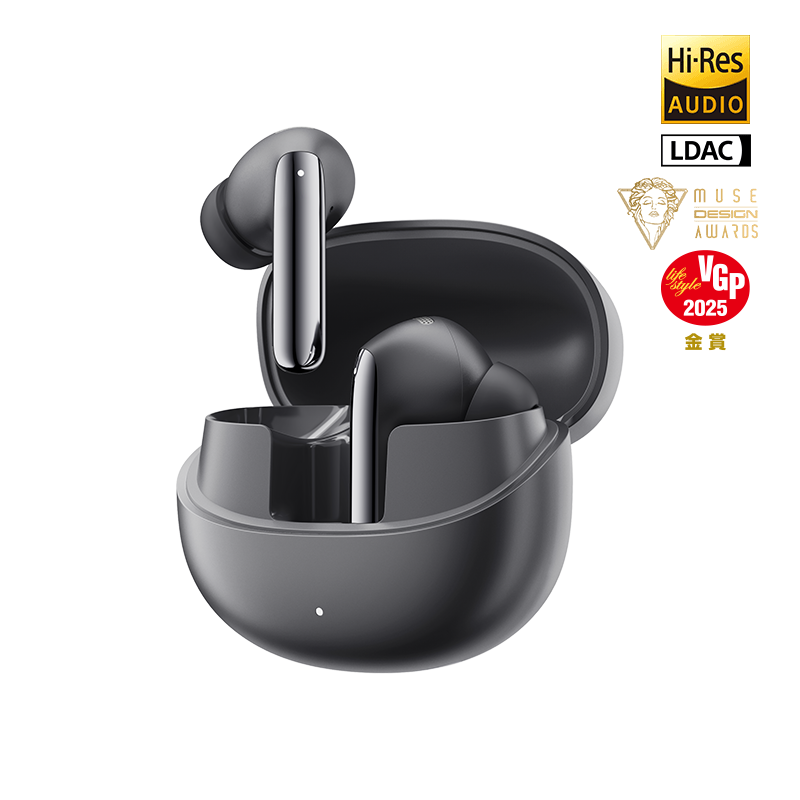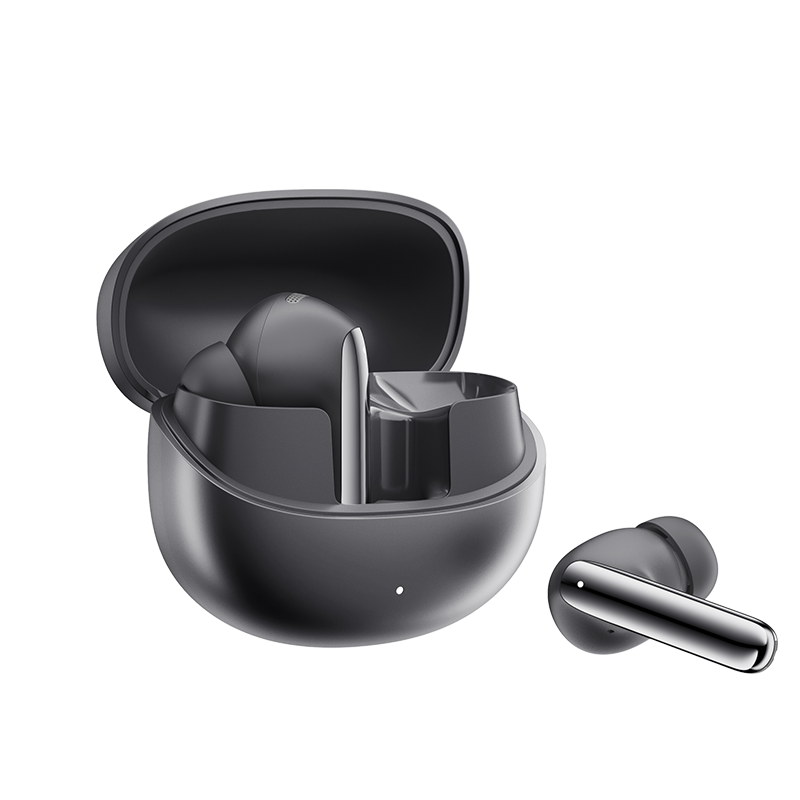
In today’s fast-moving world of headphones, how we control them is just as important as their sound quality. As features like active noise cancellation (ANC), smart assistants, and multipoint connections become the norm, creating a great user experience is key to making headphones stand out. Easy-to-use controls can make all the difference, helping users engage with their devices without frustration. Let’s dive into the various control methods available and explore some ways to make them even better.
Common Control Methods
Physical Buttons
Physical buttons are the tried-and-true way to control headphones. They typically handle volume adjustments, playback, track skipping, and power functions. Many users like them because of the tactile feedback—they’re easy to use without having to look at the device. Physical buttons are especially handy when precision is important, like during a workout or while wearing gloves.
Pros:
- Reliable with a satisfying tactile response
- No need to look at the device to use them
- Resist accidental touches
Cons:
- Can clutter the headphone design
- Prone to wear and tear over time
Touch Controls
Touch-sensitive panels are a more modern option and are especially popular in premium headphones. Swiping or tapping the earcup lets users control playback, volume, or answer calls. These gesture-based controls are sleek and intuitive, offering a minimalist design many users appreciate.
Pros:
- Sleek, minimalistic design
- Customizable gestures for personal preference
- Quick and responsive
Cons:
- Prone to accidental touches
- Less reliable in wet or cold conditions
Voice Control
With smart assistants like Siri, Google Assistant, and Alexa, voice control has become a popular feature in wireless headphones. Users can perform a variety of tasks—like checking the weather, sending texts, or playing a song—just by speaking. This makes hands-free control effortless, especially when multitasking.
Pros:
- Hands-free convenience
- Can handle complex tasks
- Great for accessibility and multitasking
Cons:
- Requires internet access for most features
- Struggles in noisy environments
Smart Wear Detection
Many newer headphones now come with wear detection, which automatically pauses playback when you take them off and resumes when you put them back on. It’s a subtle but incredibly convenient feature that also helps save battery life.
Pros:
- Seamless, automatic control
- Saves battery by avoiding unnecessary playback
- Perfect for users who frequently take their headphones on and off
Cons:
- Sensors can misfire if not properly calibrated
- Adds complexity to the hardware
App-Based Control
Many headphones now come with companion apps that let users fine-tune settings like ANC levels, EQ profiles, and more. These apps provide a deeper level of personalization, letting users customize their experience in ways that basic controls don’t allow.
Pros:
- In-depth customization options
- Access to advanced features like firmware updates
- Personalizes sound profiles to suit different needs
Cons:
- Requires installing and managing an app
- Can feel overwhelming for users who prefer simplicity
How to Optimize the User Experience
While these control methods offer variety, there’s always room to improve. Here are a few strategies headphone manufacturers can consider:
Hybrid Control Systems
Why choose between physical buttons and touch controls when you can have both? For example, physical buttons could handle volume (reducing accidental swipes), while touch gestures could be used for track skipping and playback control. This balance could offer the best of both worlds.
Adjustable Touch Sensitivity
Touch controls are often criticized for being too sensitive. Allowing users to adjust how sensitive the touch panel is, or even customizing the touch area, could help prevent accidental commands and make the experience more user-friendly.
Improved Voice Assistant Integration
Enhancing voice assistant reliability—especially in noisy environments—could be a game-changer. Adding better noise cancellation for the microphone or supporting offline voice commands for simple tasks (like pausing or skipping tracks) would make voice control more dependable.
Adaptive Controls
Imagine your headphones adjusting their controls based on what you’re doing. If you’re on a call, the controls could switch to call-related functions, like mute or answer/end. Or if you’re in workout mode, touch sensitivity could be dialed down to avoid accidental pauses. This type of smart, adaptive control could make a big impact.
Smart Gestures and Predictive Control
Headphones that learn your habits? It’s not as far-fetched as it sounds. If you usually lower the volume after 10 minutes, the headphones could start doing that for you automatically. AI-based predictive controls could take care of repetitive tasks, creating a more seamless experience over time.
Cross-Platform Integration
Ensuring smooth performance across different devices (like iOS, Android, and Windows) is key to a better user experience. Advanced features like multipoint connectivity often falter when switching between platforms, so ensuring consistent performance can set a product apart.
Recommended QCY Headphones for Great Control
For those who want headphones that deliver top-notch user experience, QCY offers several standout options.
QCY H3
Looking for premium over-ear headphones? The QCY H3 is a fantastic pick. With hybrid 43dB ANC, 60 hours of playtime, and intuitive touch controls, it’s designed for comfort and convenience. Whether you’re switching between ANC, Transparency Mode, or standard listening, the H3 offers seamless control, along with theater-quality sound thanks to its Hi-Res audio and 40mm titanium drivers.
QCY AilyBuds Pro+
For a more portable option, the QCY AilyBuds Pro+ delivers. With adaptive ANC, multiple control methods (including touch, app-based, and voice control), and Bluetooth 5.3 for multipoint connectivity, these in-ear buds are perfect for users on the go. Plus, the 6-mic AI noise reduction ensures crystal-clear calls and voice commands.
QCY MeloBuds Pro
Need wireless freedom? The QCY MeloBuds Pro is an excellent choice. With adaptive ANC, smart wear detection, and dual-device connectivity, it offers flexibility and smart controls. The 6-mic array ensures excellent call clarity, and the QCY app lets you tweak EQ settings to match your preferences. It’s a great example of how intelligent controls can enhance both sound and user experience.
Conclusion
Improving headphone control methods is about finding the right balance between simplicity and advanced features. By embracing hybrid systems, fine-tuning touch sensitivity, enhancing voice control, and exploring smart technologies, manufacturers can create a more satisfying and seamless user experience. If you’re in the market for headphones that excel in control and sound quality, QCY’s H3, AilyBuds Pro+, and MeloBuds Pro are excellent options to consider.





